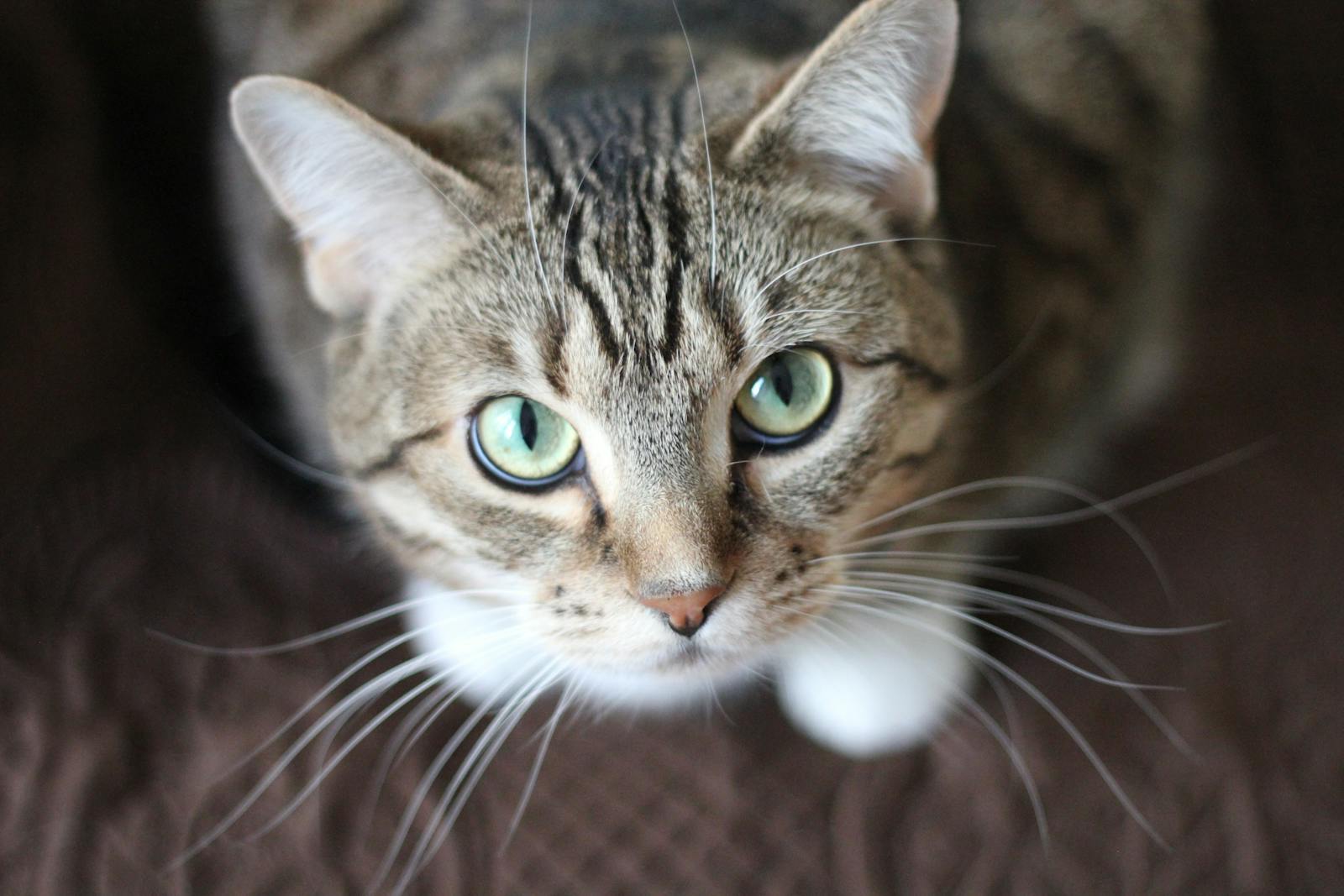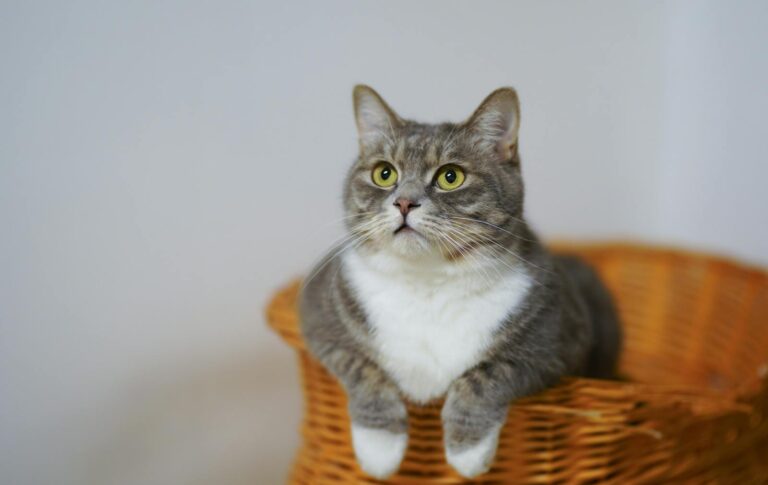Cat Food Storage Tips – How to Keep It Fresh and Safe for Your Feline Friend
When it comes to ensuring the health and happiness of our feline companions, one aspect that often goes overlooked is cat food storage. Properly storing your cat’s food is essential not only for maintaining its freshness but also for protecting it from spoilage and contamination. In this article, we will explore comprehensive Cat Food Storage Tips: How to Keep It Fresh and Safe, ensuring your furry friend always enjoys a delicious and nutritious meal.
Optimal Cat Food Storage: Maintaining Freshness and Quality
Creating an optimal storage environment for your cat’s food is paramount for preserving its quality and preventing spoilage. The way you store both dry and wet cat food can significantly affect its shelf life and nutritional value.
Understanding Expiration Dates and Best Before Labels
Before diving into storage techniques, it’s crucial to comprehend the expiration dates printed on cat food packaging.
Expiration dates indicate the period during which the food maintains optimal freshness and nutritional integrity.
Best before labels, on the other hand, suggest when the food may start to lose its flavor or nutritional benefits, but it doesn’t necessarily mean it’s unsafe after that date.
To avoid any surprises, always check these dates before purchasing and storing your cat’s food.
Temperature Control
Temperature plays a vital role in keeping cat food fresh.
Both dry and wet foods should be stored in a cool, dry place away from direct sunlight.
Heat and humidity can cause fats in the food to go rancid, leading to spoilage.
A storage temperature below room temperature is ideal. For dry kibble, aim for a range of 50°F to 70°F, while canned food is best kept in a similarly cool environment until opened.
Humidity Considerations
High humidity levels can lead to mold growth and spoilage in both dry and wet cat food.
Consider using a dehumidifier in areas where you store pet food, especially if you live in a region with high humidity levels.
Even small amounts of moisture can render dry kibble unpalatable, so ensure that the storage area remains dry and well-ventilated.
Selecting the Right Cat Food Storage Container: Materials and Features
An appropriate storage container can make a world of difference in extending the shelf life of your cat’s food. Choosing the right materials and features will help protect the food from various elements that could compromise its quality.
Material Matters
The material used for your cat food storage container is critical.
Some common materials include:
- Plastic: Lightweight and usually airtight, high-quality plastic containers can be a great option. However, they can absorb odors over time, so choose BPA-free varieties.
- Metal: Metal containers are durable and do not absorb odors, making them an excellent choice. Ensure they are rust-resistant and lined appropriately to prevent reactions with the food.
- Glass: Glass containers are non-reactive and perfect for short-term storage. They are heavier and might break, so handle with care.
Size and Capacity
Choosing the right size and capacity for the storage container is essential.
If you feed your cat different kinds of food, consider having separate containers for each type.
A larger container may be cost-effective for bulk purchases, but remember that once opened, dry food typically stays fresh for about six weeks, while wet food must be consumed within a few days.
Airtight Seals
One of the most critical features of any cat food storage container is its seal.
Opt for containers that provide an airtight seal. This prevents exposure to air, which can cause oxidation and spoilage, and keeps pests out, ensuring the food’s safety.
Additionally, some containers come with built-in locks or latches, providing extra security against curious paws!
Preventing Spoilage: Essential Tips for Storing Dry and Wet Cat Food
Spoilage is a significant concern when it comes to cat food storage, and there are several strategies you can employ to minimize this risk.
Storing Dry Cat Food
Dry cat food is convenient and has a longer shelf life than wet food, but it still requires proper storage practices.
To keep dry kibble fresh:
- Seal after Each Use: Always reseal the bag or container immediately after serving. Exposure to air can result in the food losing its flavor and texture.
- Use Oxygen Absorbers: If you’re storing large quantities of dry food, consider using oxygen absorbers. These packets remove excess oxygen from the container, helping to extend freshness.
- Buy Smaller Bags: If your cat tends to eat at a slower pace, opting for smaller bags of food can help maintain freshness and reduce waste.
Storing Wet Cat Food
Wet cat food requires more immediate attention since it has a much shorter shelf life once opened.
To properly store wet food:
- Refrigeration: Once opened, cover the can with a lid or plastic wrap and refrigerate it. It is generally safe to consume for up to three days after opening.
- Transfer to Airtight Containers: If you want to extend storage time, transfer the contents to an airtight container. This helps maintain flavor and reduces the chances of contamination.
- Check for Signs of Spoilage: Always inspect the food for changes in color, texture, or odor before feeding it to your cat. If in doubt, discard it!
Protecting Your Cat’s Food: Shielding Against Pests and Contaminants
Pests and contaminants are constant threats to cat food, so taking proactive measures is essential.
Identifying Common Pests
Common pests include:
- Mice and Rats: These rodents can easily chew through packaging and contaminate the food.
- Insects: Various insects, such as weevils, can infest dry cat food, compromising its quality.
Recognizing signs of infestation early can save you from dealing with a more severe problem later.
Creating a Pest-Free Environment
Taking steps to create a pest-free environment is essential:
- Cleanliness: Keep the storage area clean and free of crumbs and spills. Regularly wipe down surfaces to discourage pests.
- Seal Entry Points: Inspect your home for gaps, cracks, or holes that could serve as entry points for pests and seal them off.
- Choose High Locations: Store cat food containers on high shelves or cabinets, away from the ground where pests are more likely to roam.
Avoiding Contamination
Contamination can occur via various means, including improper handling and cross-contamination.
To prevent this:
- Wash Hands Before Handling: Always wash your hands before reaching for your cat’s food. This simple step helps eliminate the risk of introducing harmful bacteria.
- Don’t Use Utensils for Other Foods: Avoid using spoons or scoops that have been in contact with human food to serve your cat. This practice helps minimize cross-contamination.
- Regular Checks: Frequently check storage containers for any signs of mold, pests, or degradation. If you notice anything unusual, promptly remove the food and clean the container.
Extending Shelf Life: Strategies for Maximizing Cat Food Freshness
Implementing specific strategies can help prolong your cat’s food shelf life and ensure its quality.
Rotate Stock Regularly
When you purchase new food, always place it behind older stock.
This method of stock rotation ensures that older food is consumed first, reducing the likelihood of spoilage.
Vacuum Seal Options
Vacuum sealing is an effective method for extending the longevity of cat food.
By removing air from the packaging, vacuum-sealed bags prevent oxidation and spoilage.
For those who buy in bulk, consider investing in a vacuum sealer specifically designed for pet food storage.
Using Freezer Storage
While freezing may not be suitable for all types of cat food, certain dry kibbles can be safely stored in the freezer.
Freezing can significantly extend the shelf life of dry food while preserving its nutritional value.
Just remember to thaw the food completely before serving it to your cat, as cold food might upset their stomach.
Safe Handling Practices: Minimizing Risk During Cat Food Storage
Handling cat food safely minimizes the risk of contamination and spoilage.
Best Practices for Serving Cat Food
Adopting safe serving practices is crucial for your cat’s health.
Consider implementing the following:
- Use Clean Bowls: Always serve cat food in clean bowls. Wash the dishes regularly to eliminate bacteria build-up.
- Use Separate Scoops: Designate specific scoops for cat food to prevent contamination from other food sources.
Avoiding Cross-Contamination
Cross-contamination can easily occur if precautions aren’t taken seriously.
Here are a few ways to mitigate this risk:
- Separate Storage Areas: If possible, store cat food separately from human food. This separation helps prevent accidental mixing and spills.
- Avoid Overcrowding Containers: When packing your cat’s food, avoid overcrowding storage containers. This practice will help maintain airflow and reduce spoilage risks.
Educating Others in Your Household
If multiple people share responsibility for feeding the cat, educating everyone about proper storage and handling practices is essential.
Provide clear instructions and guidelines to ensure that everyone is on the same page regarding food safety.
Keep a written list of dos and don’ts posted in the kitchen or storage area to reinforce these habits.
Conclusion
Proper cat food storage is an integral part of ensuring your feline friend’s health and wellbeing. By understanding the importance of optimal storage conditions, selecting the right containers, preventing spoilage, protecting against pests, maximizing shelf life, and adopting safe handling practices, you can greatly improve the quality of your cat’s food. Implementing the comprehensive Cat Food Storage Tips: How to Keep It Fresh and Safe will lead to happier, healthier cats and peace of mind for cat owners.







